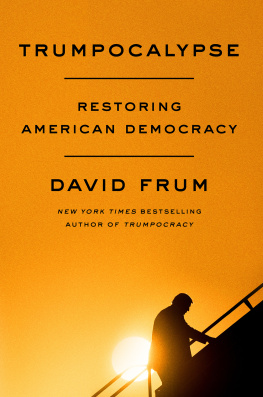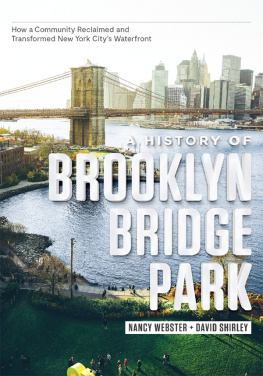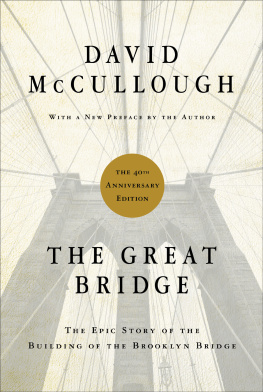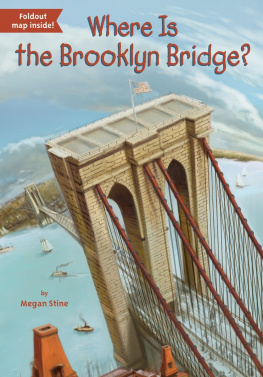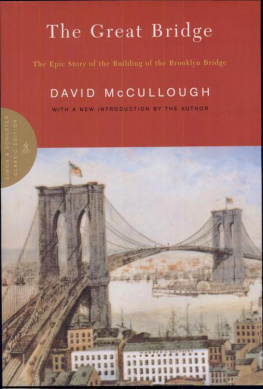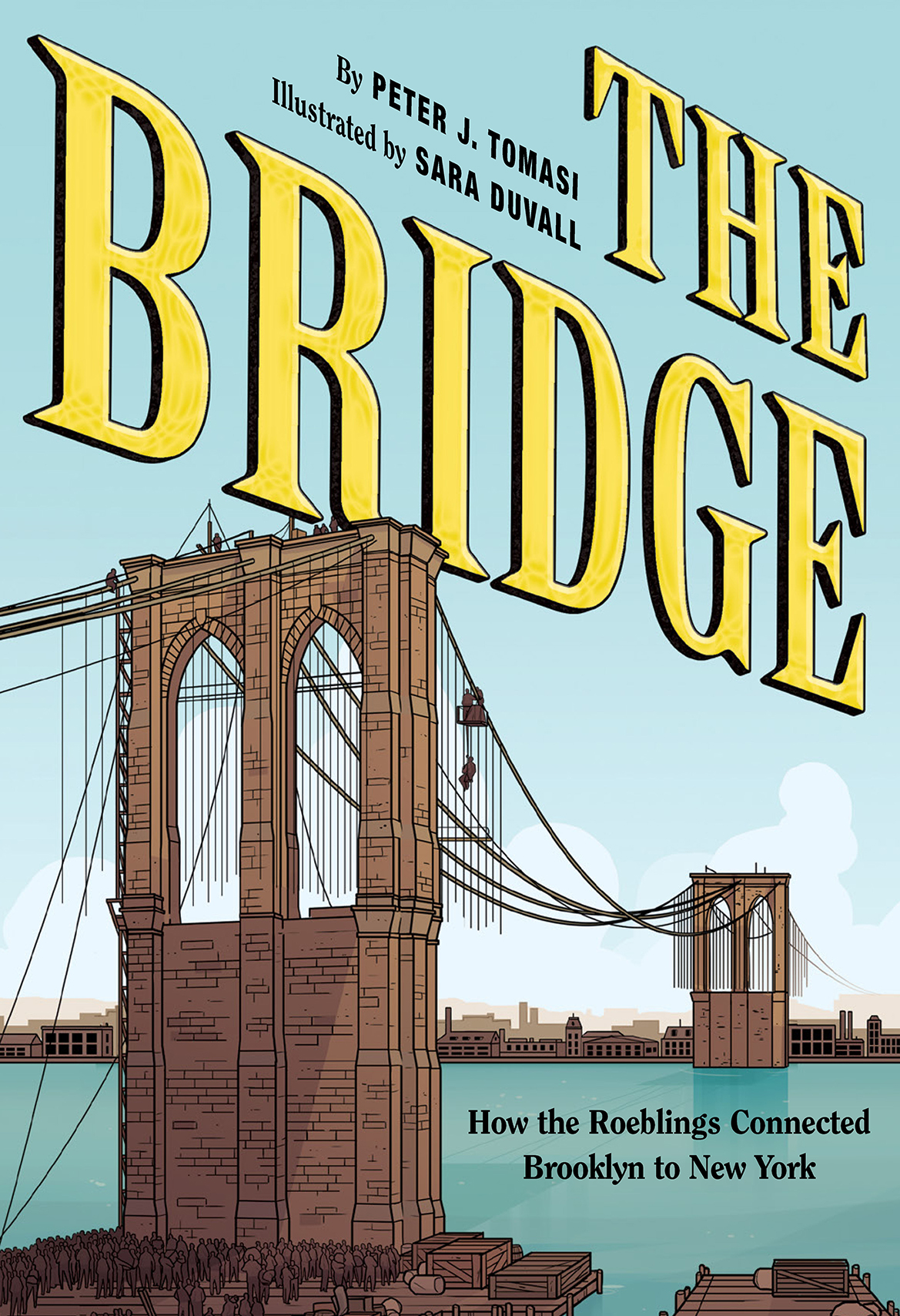
To my wife, Deborah, and son, Alexander,
bridges across tranquil and troubled waters forever
PT
Thanks to my family for their never-ending support
SD
Editor: Orlando Dos Reis
Project Manager: Charles Kochman
Designer: Pamela Notarantonio
Managing Editor: Samantha Hoback
Production Manager: Alison Gervais
Cataloging-in-Publication Data has been applied for
and may be obtained from the Library of Congress.
ISBN: 978-1-4197-2852-5
eISBN: 978-1-68335-242-6
Text copyright 2018 Peter J. Tomasi, Illustrations copyright 2018 Sara DuVall.
Published in 2018 by Abrams ComicArts, an imprint of ABRAMS. All rights
reserved. No portion of this book may be reproduced, stored in a retrieval system,
or transmitted in any form or by any means, mechanical, electronic, photocopying,
recording, or otherwise, without written permission from the publisher.
Abrams ComicArts is a registered trademark of
Harry N. Abrams, Inc., registered in the U.S. Patent and Trademark Office.
Abrams ComicArts books are available at special discounts when purchased
in quantity for premiums and promotions as well as fundraising or educational
use. Special editions can also be created to specification. For details, contact
specialsales@abramsbooks.com or the address below.
ABRAMS The Art of Books
195 Broadway, New York, NY 10007
abramsbooks.com

Preface
My name is Peter J. Tomasi, and Im trying to sell you a bridge.
The Brooklyn Bridge, actually.
I am a native New Yorker, born and raised in Washington Heights, and I have to be honest
here: It was the George Washington Bridge,
not
the Brooklyn Bridge, that first made an indel-
ible impression on me. You see, our apartment windows looked out at the looming gray steel
that leaps across the Hudson. The bridge was there in the morning, afternoon, and evening,
noticeable from what seemed to be every street corner of my old neighborhoodits beacon
visible from my bedroom, turning again and again; a soothing nightlight that put me to sleep
each and every evening.
Living in the shadow of the GW bridge put me on a collision course with John and Wash-
ington Roebling, and, as well learn, Emily Roeblings Brooklyn Bridge, because it led me to
walk across all the connecting bridges of Manhattan as a teenager and learn who, what, where,
when, and why these beautiful works came into being; to discover just what kind of person sits
and sweats at a drafting table and dreams up these wonders. Obviously, given my book, its the
Roebling story that grabbed me the hardest and never let go.
The Roeblings and the construction of the Brooklyn Bridge is one of those quintessential
American stories that no one really seems to know about. The average person on the street
has no idea what went into this massive undertaking, what physical and emotional limits had
been pushed to the breaking point, how a wife took on the duties of her ailing husband and was
a big factor in helping make the bridge a reality. This epic story, in my mind, cries out to be
seen by American and foreign readers alike, that we honor the names of visionaries such as the
Roeblings, who left something of true, lasting value behind, and not just the next Serial Killer,
Drug Kingpin, or Dirty Politician story that promotes a lack of morals, ethics, and self-interest.
I was chomping at the bit to be true to history and to the Roeblings, trying to find the right
balance between drama and detail. A balance between taking liberties with true events, while
also boiling them down and compressing the story into a manageable page count.
So, after countless hours immersed in books and old issues of
Harpers Weekly
, the
Brooklyn
Eagle
, the
New York Times
, etc., and time spent at the Rensselaer Polytechnic Institute in Troy,
New York, coupled with countless walks and photos of the amazing span itself at all hours and
all seasons of the year, it was time to get my butt in the seat and my fingers busy on a keyboard.
But I couldnt.
When it came right down to it, I was scared of actually starting my passion project for one
simple reason: It suddenly felt too big. I was scared of screwing it up.
So I kept coming up with reasons not to start it. Writers block and procrastination demons
sat on my shoulders, and I let quite a bit of time slip by.

Then I woke up to a blue morning.
September 11, 2001.
A city, a country, a world, changed forever. Blood and terror. Souls lost and lives altered.
Roiling clouds of pulverized bodies, steel, concrete, paper, and smoke blowing unbelievingly
through the canyons of lower Manhattan.
My Manhattan.
The Manhattan I was born in, grew up in, schooled in, partied in, loved in, hated in, mar-
ried in, and on that day, worked in, now possessed a Ground Zero.
A week later, after finally stepping away from the TV, I stepped up to my laptop. I had to
write this for my own peace of mind. I didnt care if anyone ever read it, I just needed to do it.
The Roeblings and the Brooklyn Bridge is a story of construction, not destruction. Of perse-
verance and dreams. Of sacrifice and loss. The kind of story the world needs more of, especially
now. Not only do Americans need to be reminded what was accomplished in the past, but we
need to see how that knowledge can help us build toward a better future.


